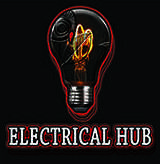ESP32 Specs: A Popular Microcontroller
Understanding ESP32 Specs and Features The ESP32 has revolutionized the world of IoT and embedded systems development. This powerful microcontroller, developed by Espressif Systems, offers an impressive combination of processing…
